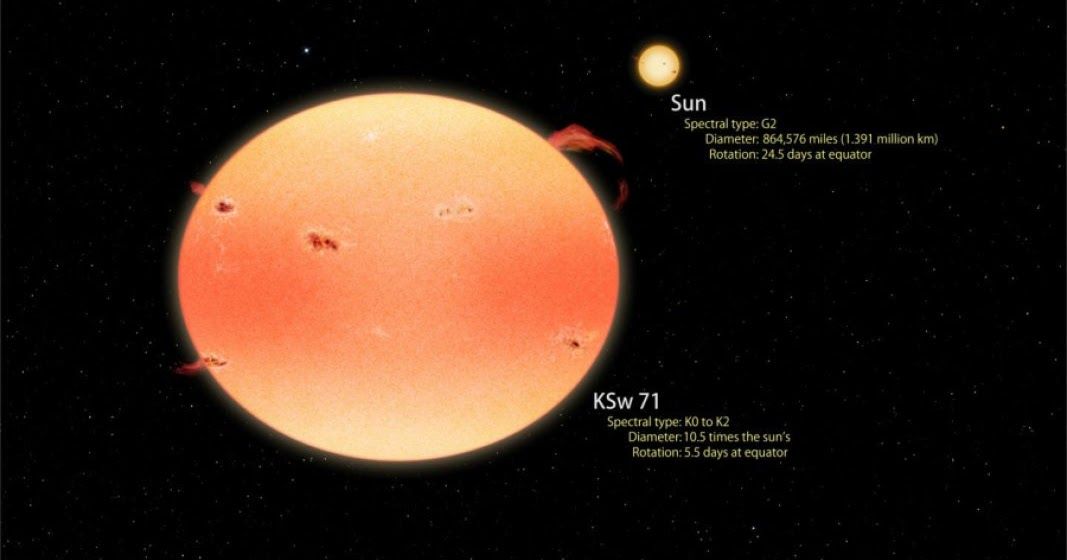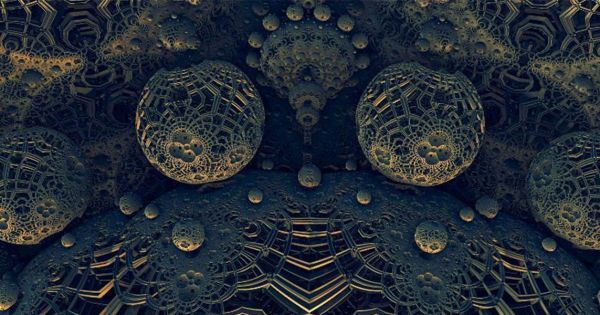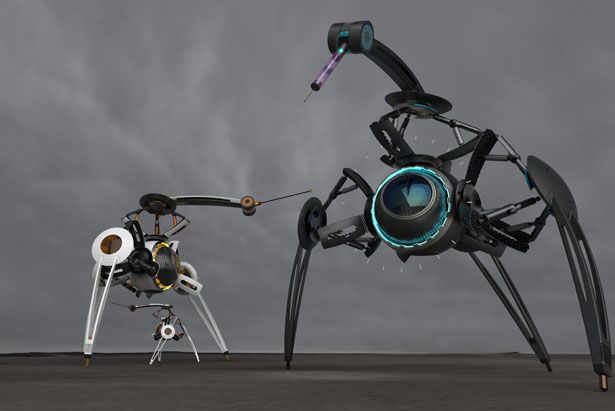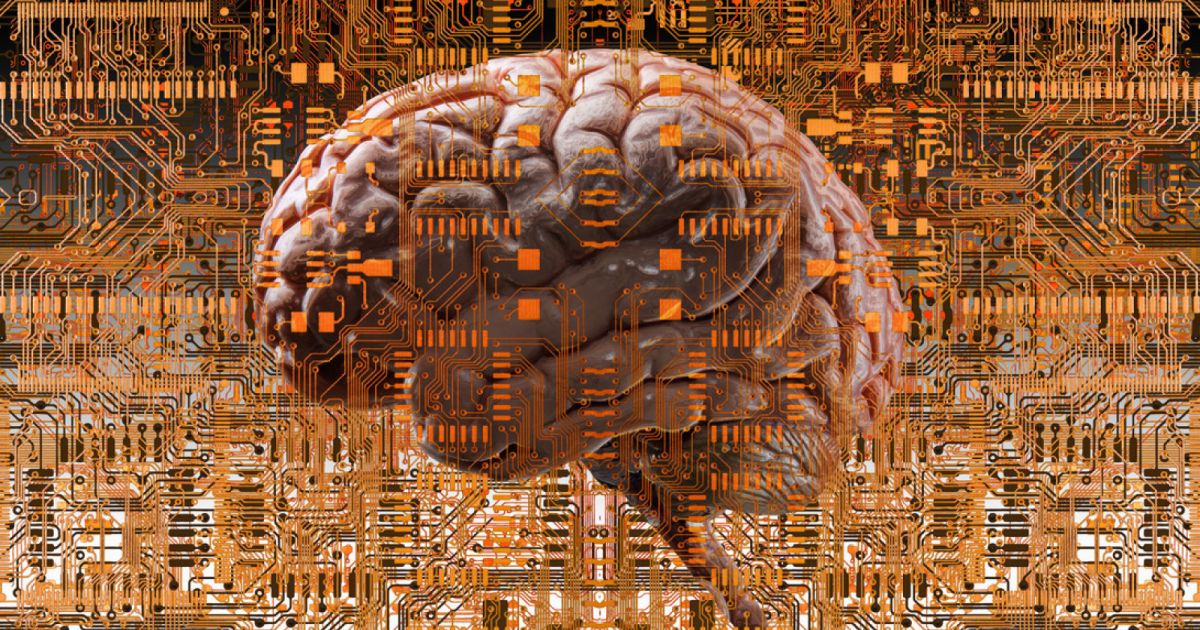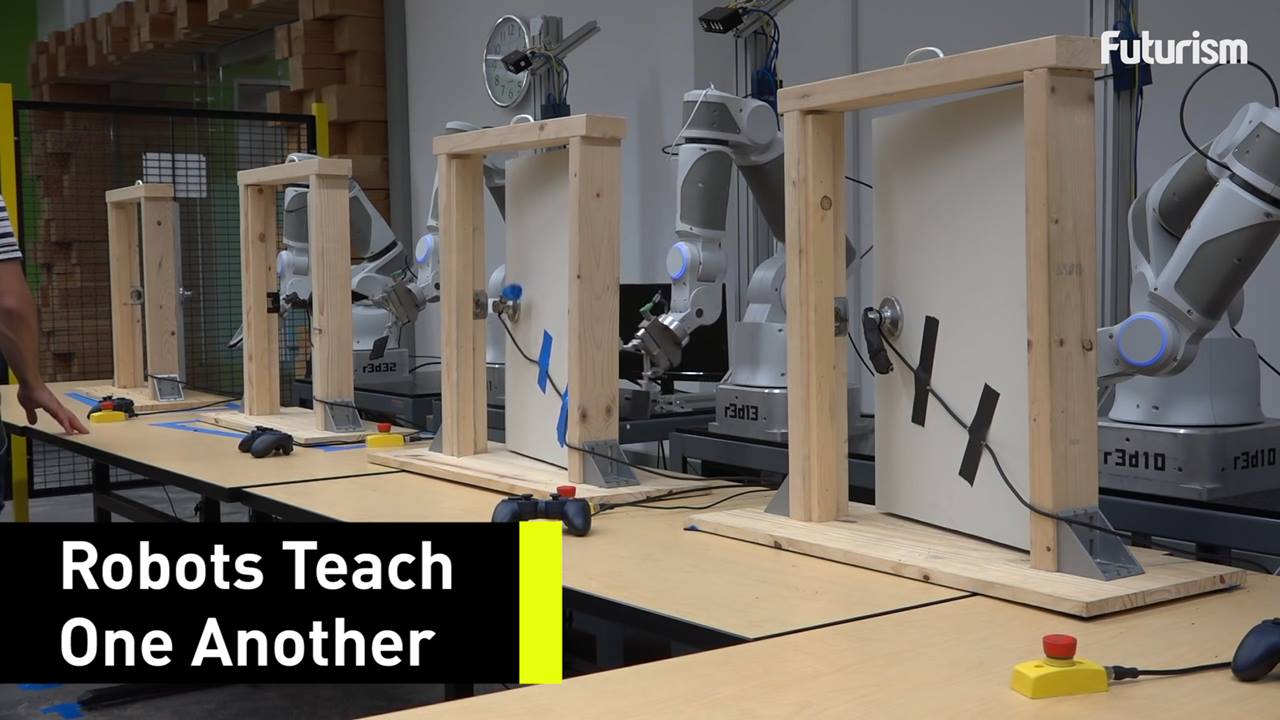
Exercise is a good idea if you want to live long enough to see new technologies arrive that could change how we age.
A fair amount of interesting research on the topic of exercise and aging passes by every month. Most is not really worth commenting on here, other than to reinforce the point that there is a very, very large body of evidence to link regular exercise with improved long-term health and reduced mortality. Since I did note a few items worth reading recently, I thought I’d bundle them together for today’s post as just such a reminder. In human studies the evidence for exercise tends to be a matter of correlation more often than causation, but the corresponding animal studies, in which researchers can put individuals into groups by level of exercise and observe the results across the life span of a cohort, leave no doubt as to the benefits provided by regular exercise. The results over the long term remain better than anything a basically healthy individual can obtain from medical science today, say to say, though that statement won’t be true for many more years given the progress being made towards rejuvenation therapies. You can’t exercise your way to ensuring a life span of 100 years, it isn’t that large of an effect, but the benefits that can be realized are available, reliable, and free. It makes sense to take advantage of them.
The high level summary of the present research community consensus on the health benefits of exercise is that it, like many things in health and medicine, appears to have a U-shaped dose-response curve with the 80/20 point somewhere around about or a little above the standard recommendations for half an hour to an hour a day of moderate aerobic exercise. While elite athletes are shown to live a few years longer than the rest of us, it remains unclear as to whether that is due to the large amount of physical exercise or due to the fact that more robust people — who would live longer anyway — tend to have a better shot at succeeding in the world of professional athletics. At the other end of the dose-response curve, the growing use of accelerometers in studies has demonstrated that even modest levels of exercise, such as infrequent gardening or cleaning or walking, have noticeable correlations with health and mortality.
Read more
